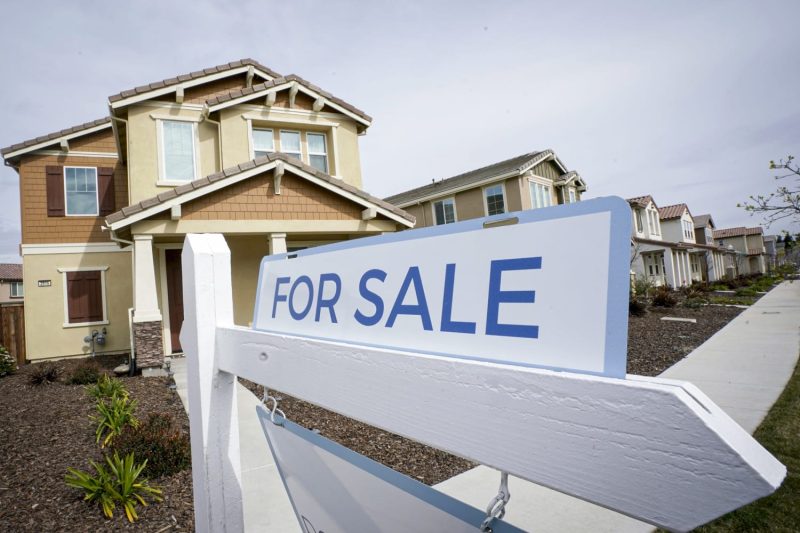
Hot Off the Press: Mortgage Refinance Surges 5% Following Dip in Rates!
The mortgage industry has recently witnessed a notable trend with a 5% rise in weekly mortgage refinance demand after a slight decline in mortgage rates. This increase reflects the dynamic nature of the housing market and the responsiveness of consumers to changes in interest rates. Let’s delve into the reasons behind this shift and explore the potential implications for both borrowers and the broader economy.
Historically, mortgage rates have played a pivotal role in influencing the demand for refinancing. When rates are low, homeowners often seek to refinance their existing mortgages to take advantage of cost savings or access cash by tapping into their home equity. Conversely, when rates rise, the incentive to refinance diminishes, leading to a slowdown in refinance activity.
The recent uptick in refinance demand can be attributed to the renewed drop in mortgage rates, which created an opportune window for homeowners to explore refinancing options. This development indicates that borrowers are actively monitoring market conditions and capitalizing on favorable rate environments to optimize their mortgage terms.
Additionally, the growing popularity of refinancing can also be attributed to the increased awareness among homeowners about the potential benefits of refinancing. Many borrowers are becoming more proactive in managing their mortgages, recognizing that refinancing can lead to lower monthly payments, reduced interest costs, or shortened loan terms.
Furthermore, the surge in refinance demand can have broader implications for the housing market and the overall economy. As more homeowners refinance their mortgages, they free up disposable income that can be redirected toward spending, savings, or investments. This injection of liquidity can stimulate economic activity, bolster consumer confidence, and contribute to the stability of the housing sector.
It is essential for borrowers to carefully evaluate their individual financial circumstances and goals before deciding to refinance. While lower rates may create an attractive opportunity for refinancing, factors such as closing costs, loan terms, and length of stay in the home should be taken into consideration to ensure that refinancing aligns with long-term financial objectives.
In conclusion, the recent increase in weekly mortgage refinance demand underscores the influence of interest rates on borrower behavior and highlights the proactive approach of homeowners in managing their mortgages. By staying informed about market trends and exploring refinancing options, borrowers can optimize their financial positions and contribute to the resilience of the housing market.
